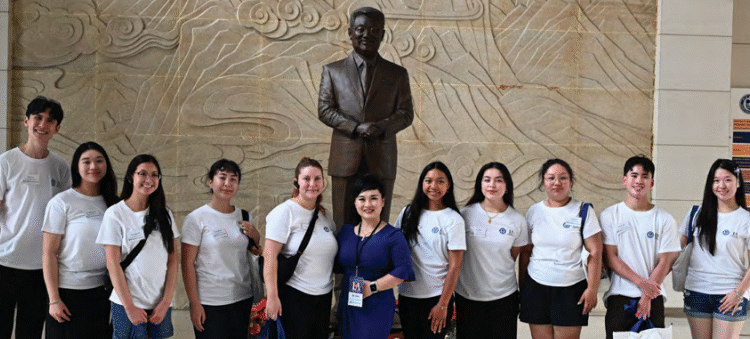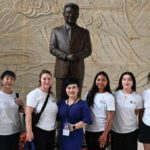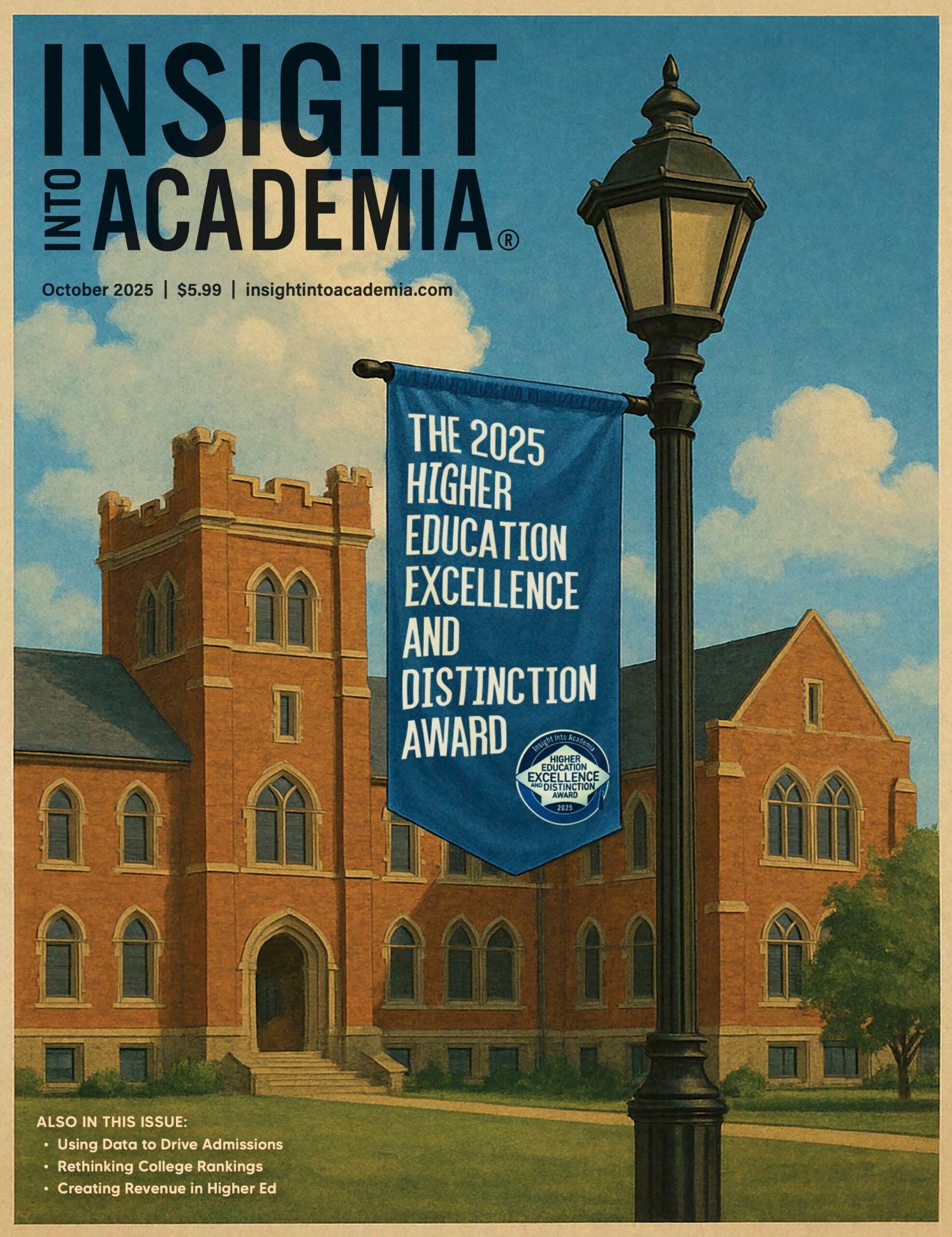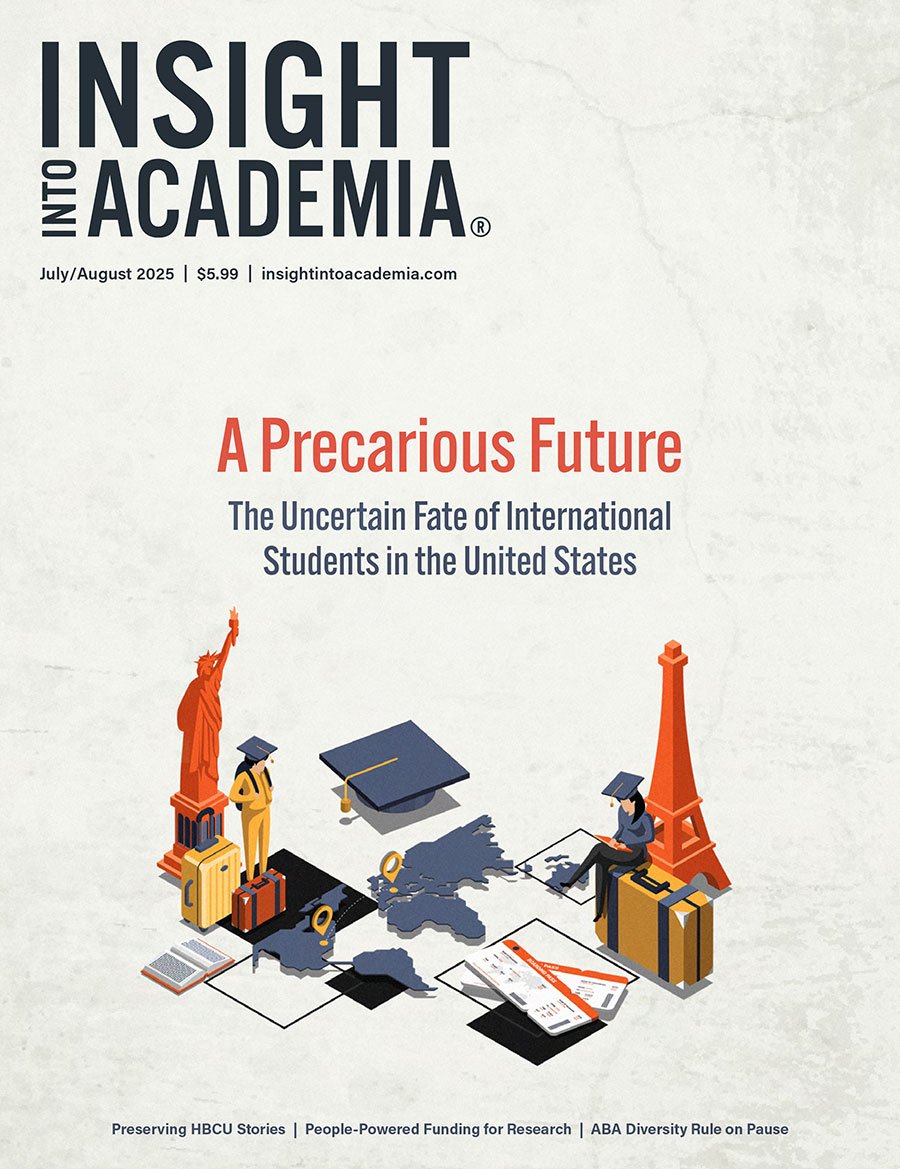Diversity statements, considered a staple of inclusive hiring practices in higher education over the past several years, are increasingly under scrutiny as states implement anti-DEI (diversity, equity, and inclusion) legislation and colleges and universities reevaluate their impact. Diversity statements typically ask job applicants to outline their past contributions and current ideas to foster diversity and inclusion. Once heralded as a vital tool to promote equitable academic environments, they now face criticism, raising questions about their future in academia.
A Shifting Landscape
The University of Michigan (U-M) recently became a prominent example of this evolving trend. In October 2024, an eight-member faculty working group recommended discontinuing the use of diversity statements in hiring, promotion, and tenure processes. Provost Laurie McCauley approved the proposal, citing concerns over potential constraints on freedom of expression and diversity of thought. The decision followed months of deliberation, including faculty surveys and a review of peer institutions’ hiring practices.
Despite eliminating these requirements, U-M reaffirmed its commitment to inclusive excellence by maintaining a substantial $250 million budget for related programs. This signals that supporting inclusion does not necessarily have to entail mandated diversity statements, a perspective that may influence others grappling with similar debates. Throughout 2024, Harvard University, Massachusetts Institute of Technology, the University of North Carolina System, and the University of Texas System, among others, made similar decisions to phase out these policies.
The Broader Debate
Critics argue that these statements serve as ideological litmus tests, compelling applicants to conform to specific viewpoints or risk disqualification. Surveys at U-M indicated a substantial portion of faculty believed that requiring them pressured individuals to adopt predetermined stances on moral, political, or social issues. Proponents, however, suggest that, when thoughtfully crafted and assessed, these tools can effectively evaluate candidates’ ability to advance institutional missions.
The Foundation for Individual Rights and Expression (FIRE), a free speech legal advocacy group that sued to block much of the anti-DEI legislation supported by Florida Gov. Ron DeSantis, opposes mandatory diversity statements under the same principles. Though a defender of inclusive campus environments, the organization argues that compelling employees to agree with these sentiments stifles debate, honest expression, and academic freedom.
“FIRE’s concerns about DEI statements rest not on opposition to diversity but to any mandate that faculty endorse specific views,” the foundation wrote in a policy brief. “It would be equally unacceptable to require faculty to affirm the importance of values like ‘patriotism,’ ‘individualism,’ or ‘capitalism.’ Universities can promote DEI without infringing individual rights by releasing institutional statements, holding community events, or providing support services.”
Despite declining support in some quarters, such statements remain prevalent. An analysis by Heterodox diversity-related topics in other application materials. However, the absence of standardized rubrics for evaluating them has raised concerns about implicit bias and inconsistent evaluation.
Some experts suggest the core issue lies not with the concept of diversity statements but with their implementation. Requirements focusing on personal beliefs rather than concrete actions risk promoting insincere or performative responses. Alternatives, such as incorporating diversity contributions into broader teaching or research statements, or using targeted interview questions, may address these concerns while preserving the intent of fostering inclusion.
The backlash against diversity statements is often framed within larger cultural and political narratives. Detractors contend that they embody a greater resistance to inclusive values, which have become polarizing topics in public discourse. Supporters argue this opposition misrepresents their goals, which aim to ensure faculty can effectively engage with increasingly diverse student populations.
What’s Next?
As institutions refine their approaches, the debate over diversity statements is unlikely to dissipate soon. Whether through formal declarations, inclusive teaching practices, or alternative evaluation methods, colleges and universities continue to grapple with how best to demonstrate and sustain their commitment to inclusion and belonging.
The evolution of these practices reflects ongoing tension between fostering inclusive excellence and addressing concerns about fairness and freedom of thought. As higher education navigates this crossroads, the challenge lies in finding approaches that advance equity without alienating employees or undermining academic freedom.”



















